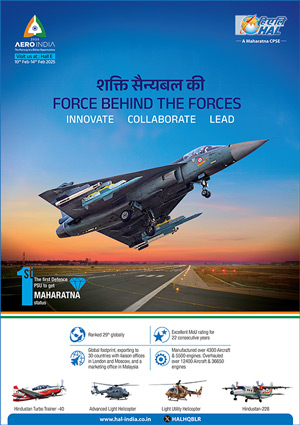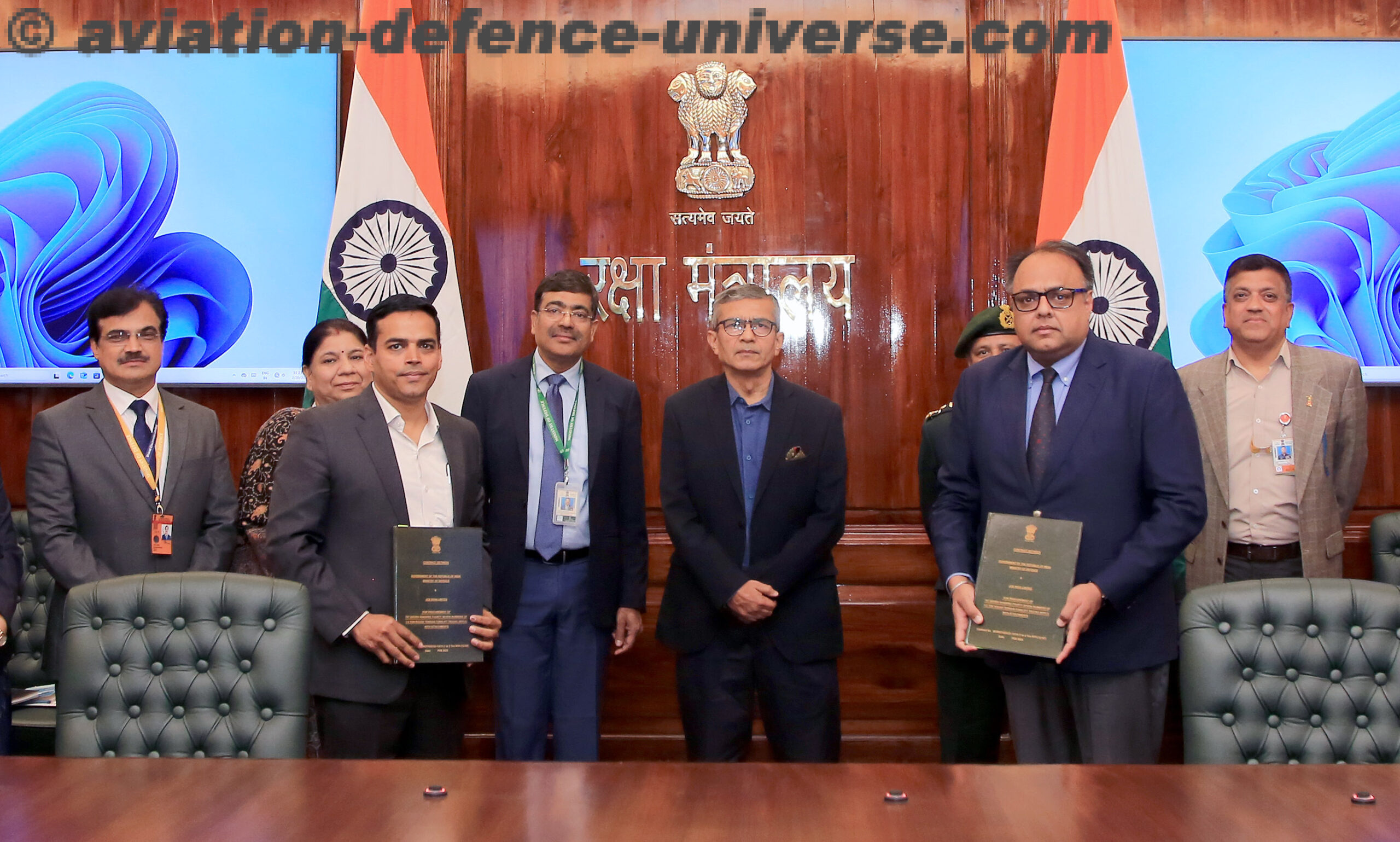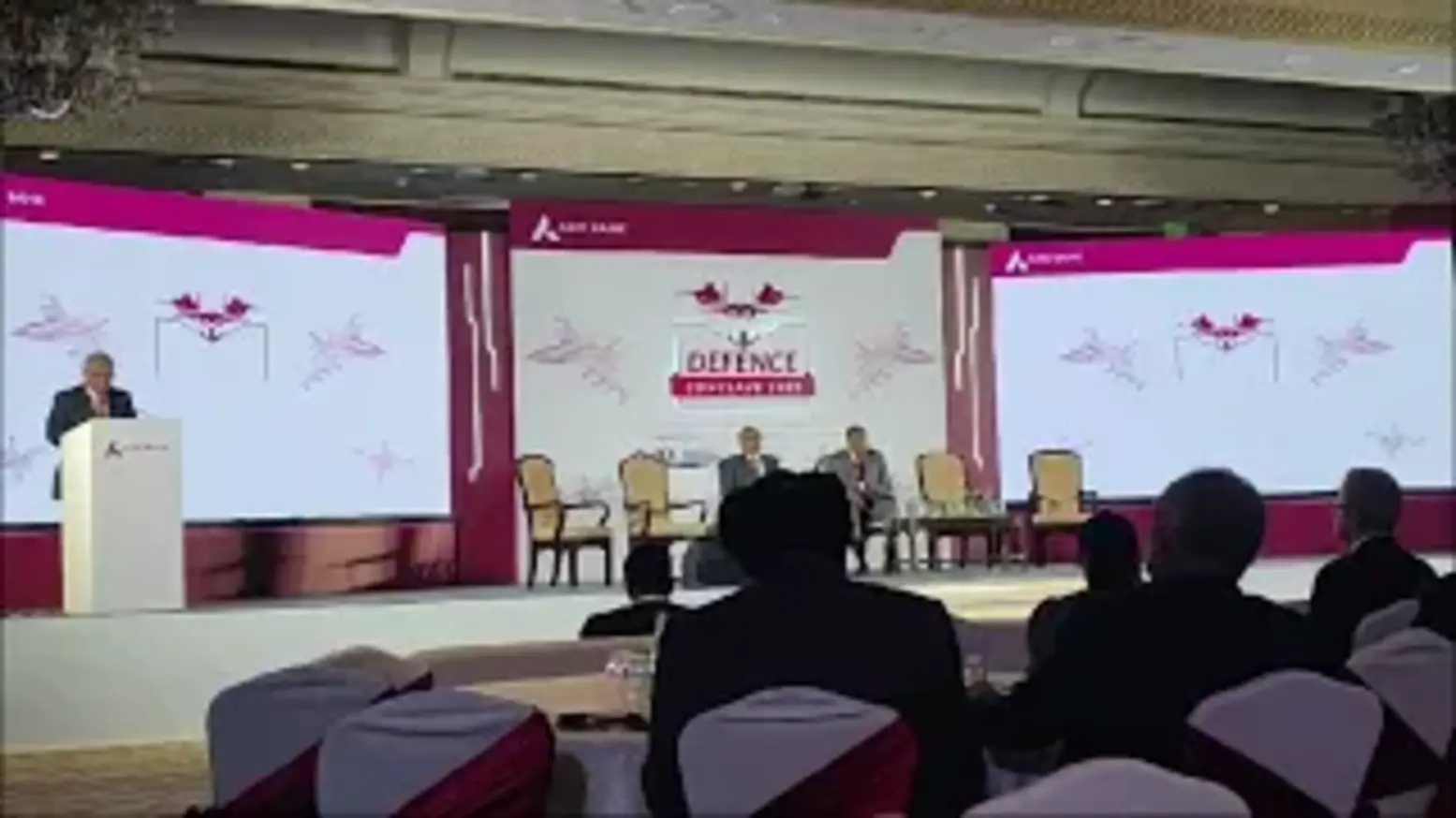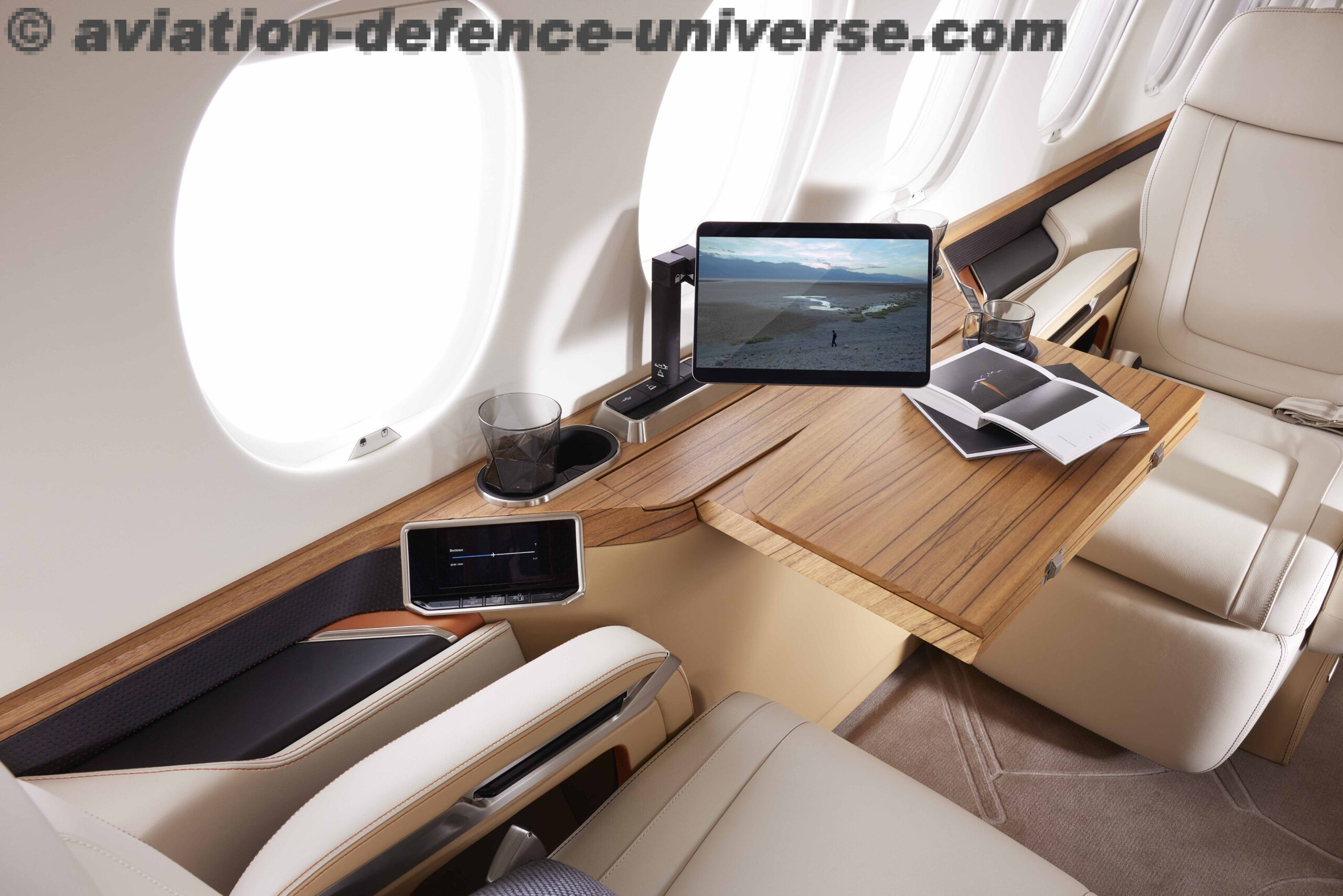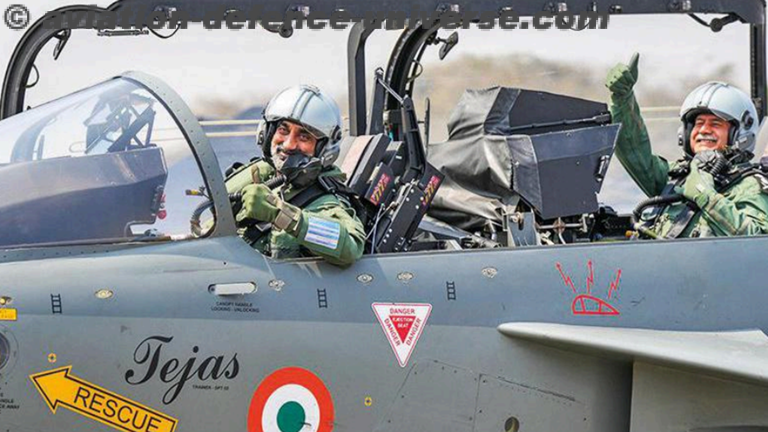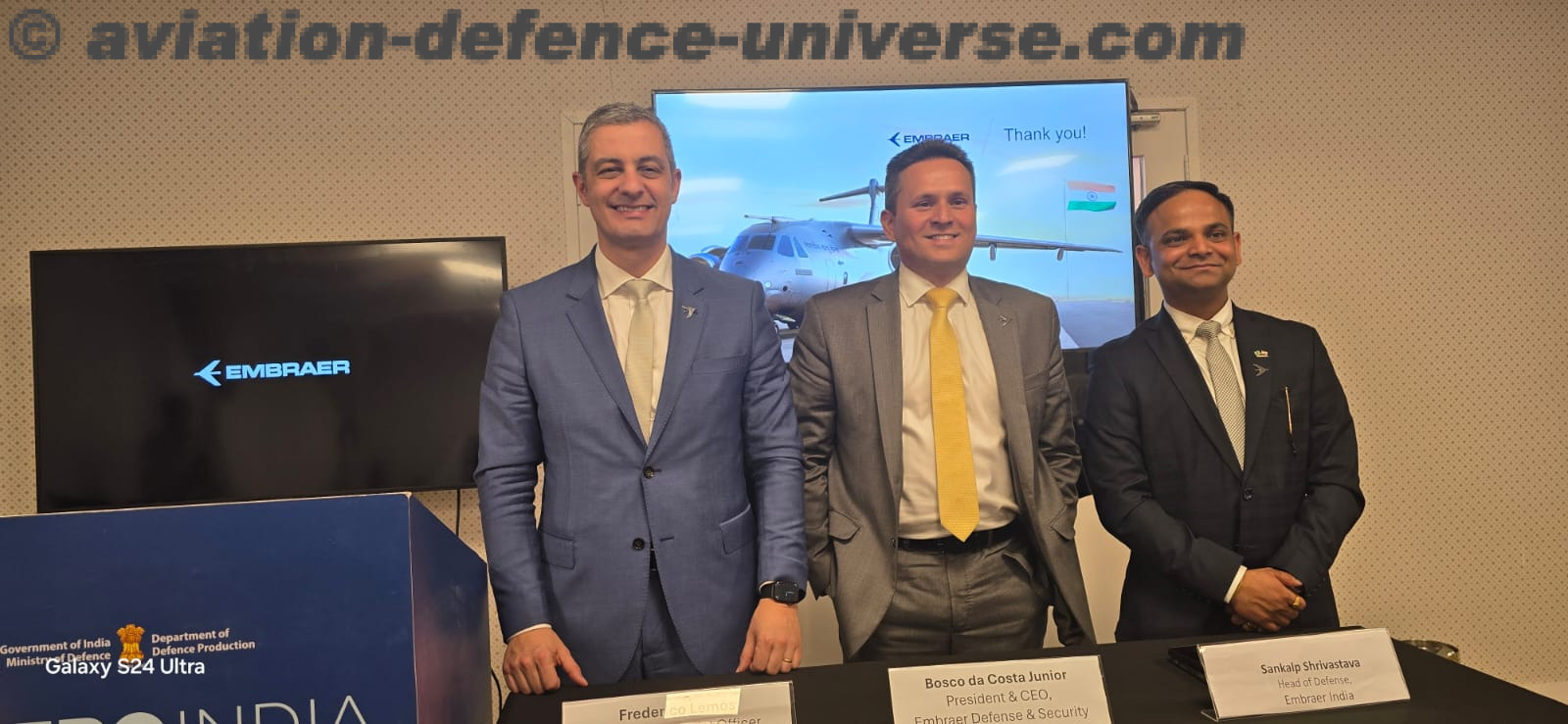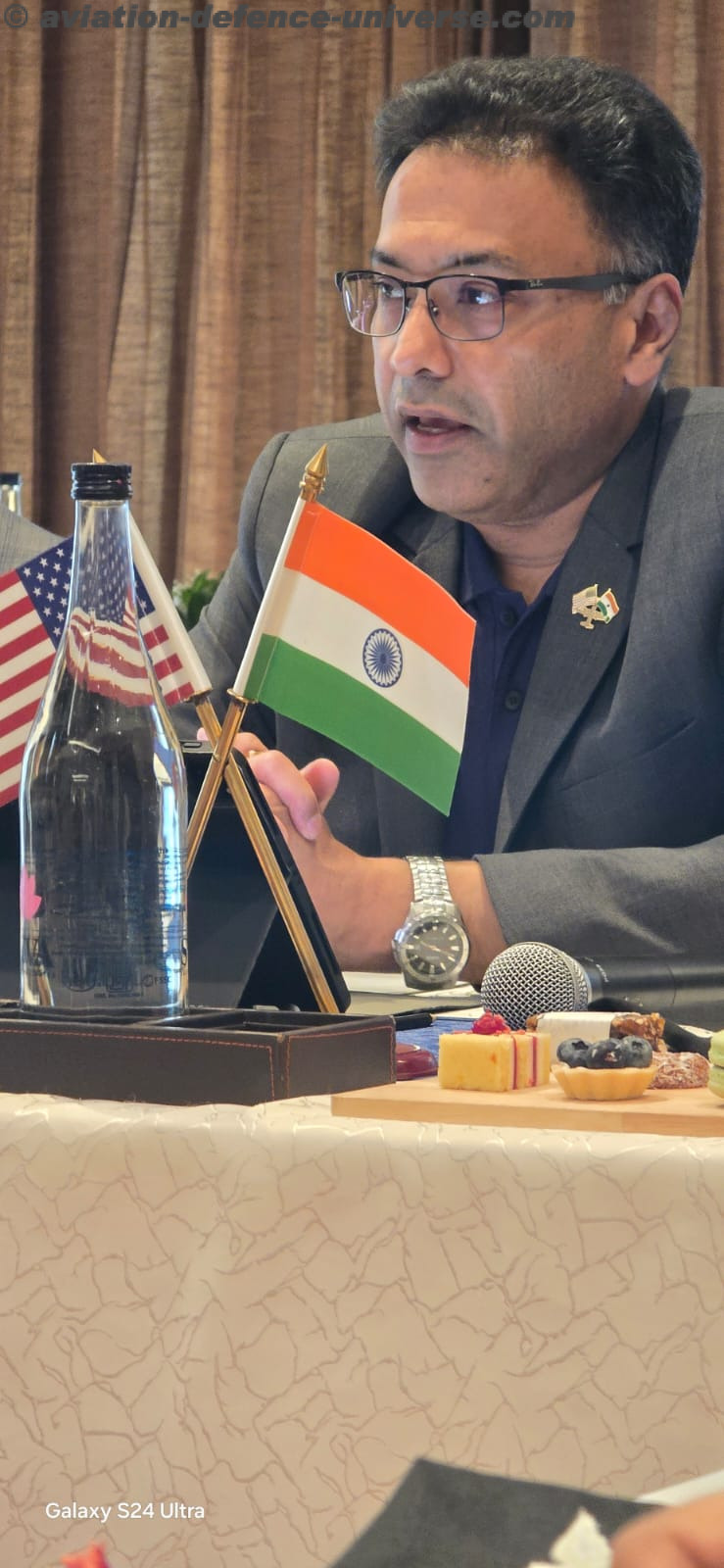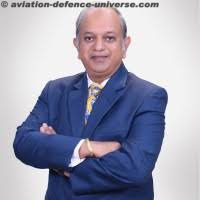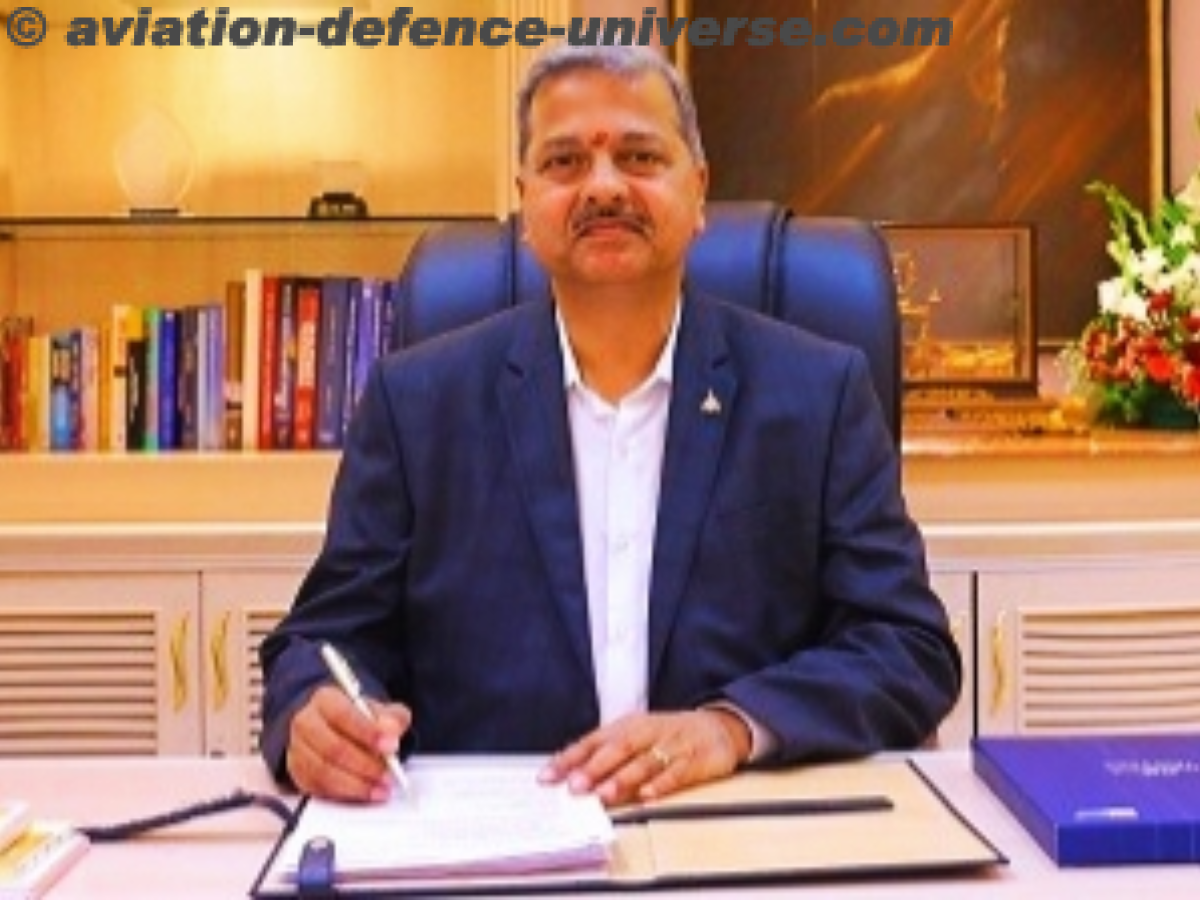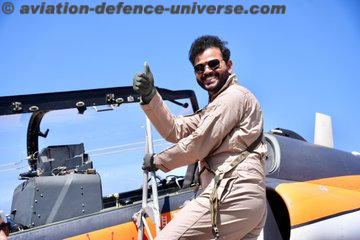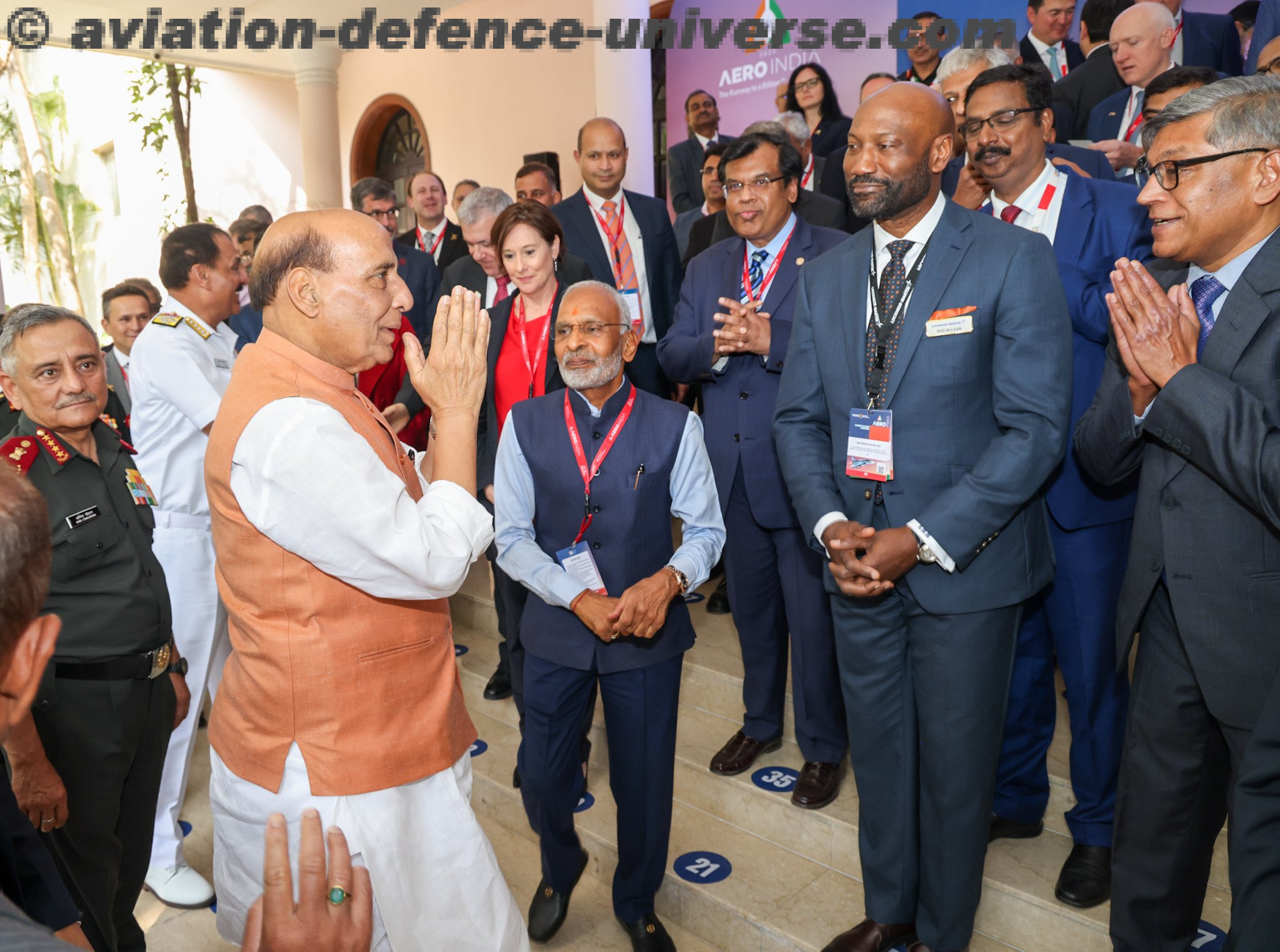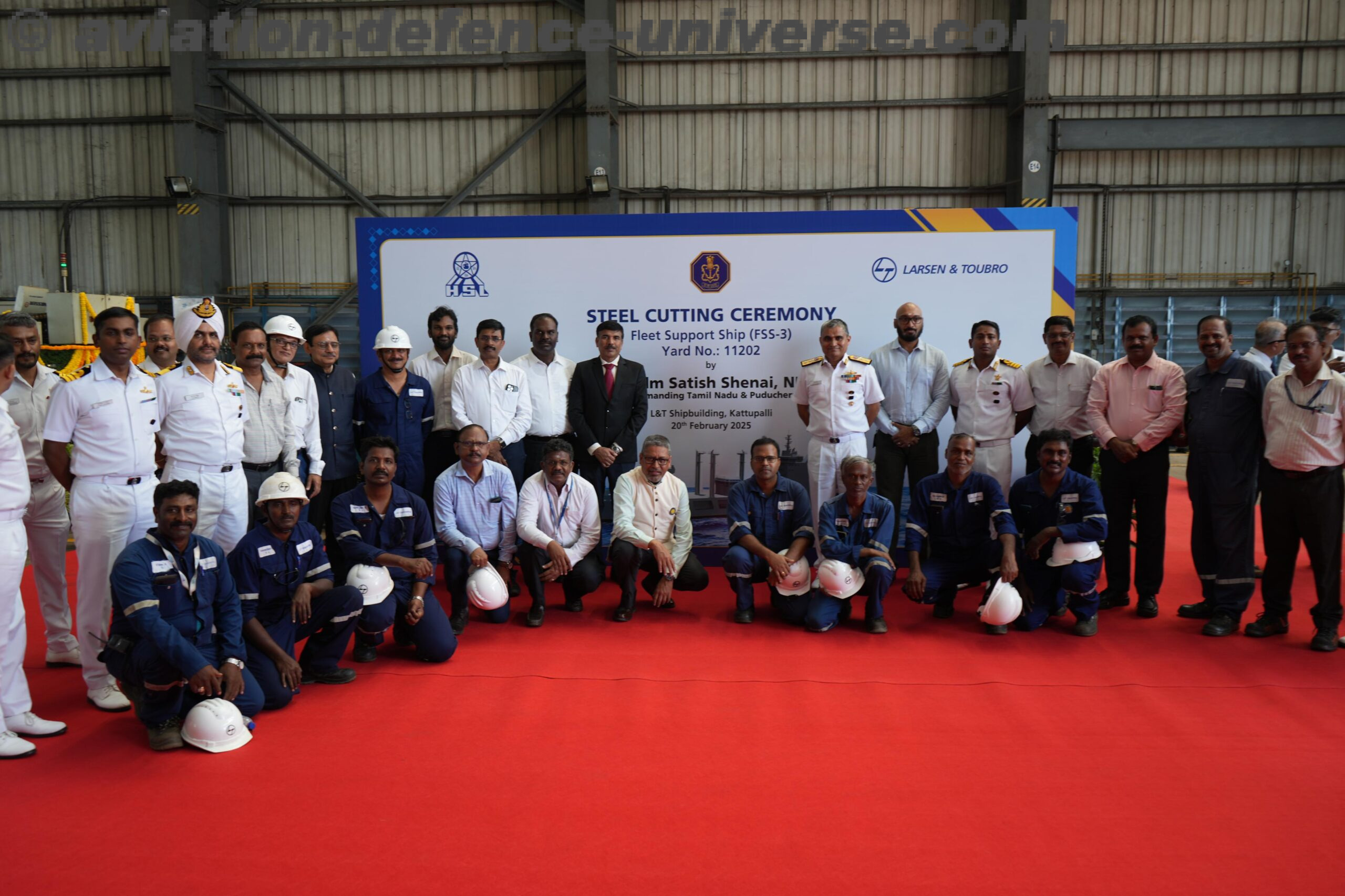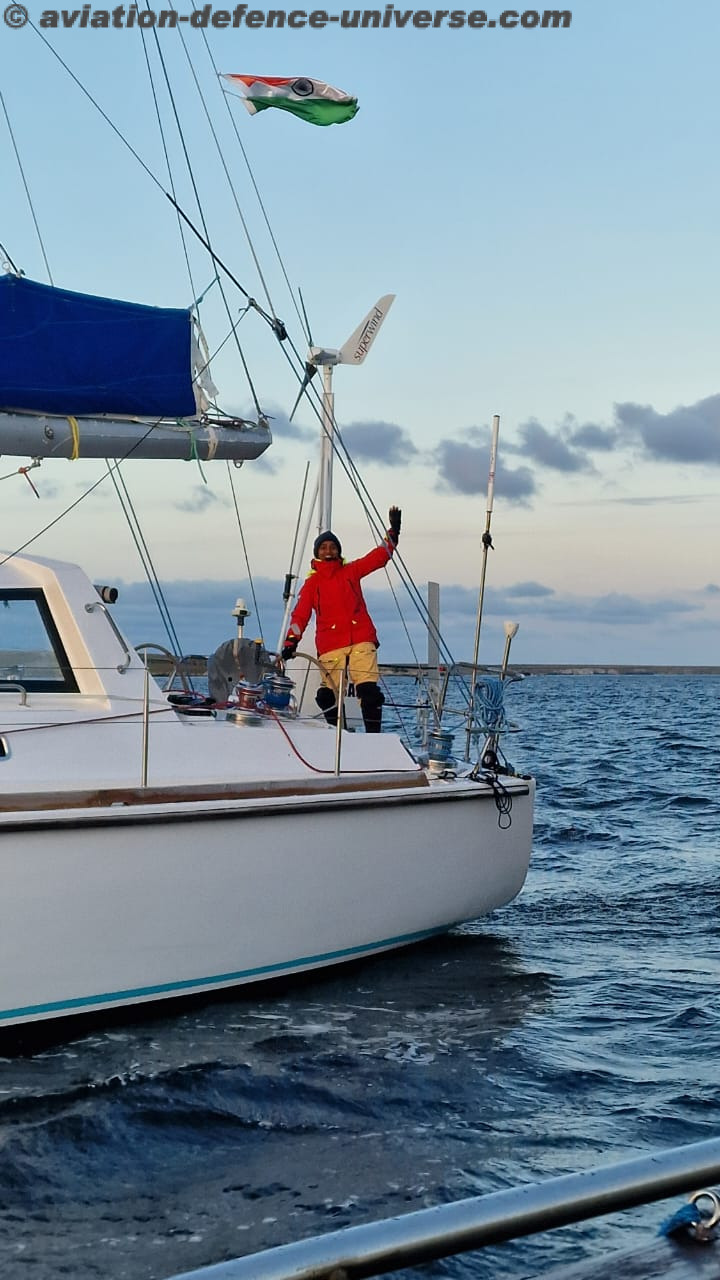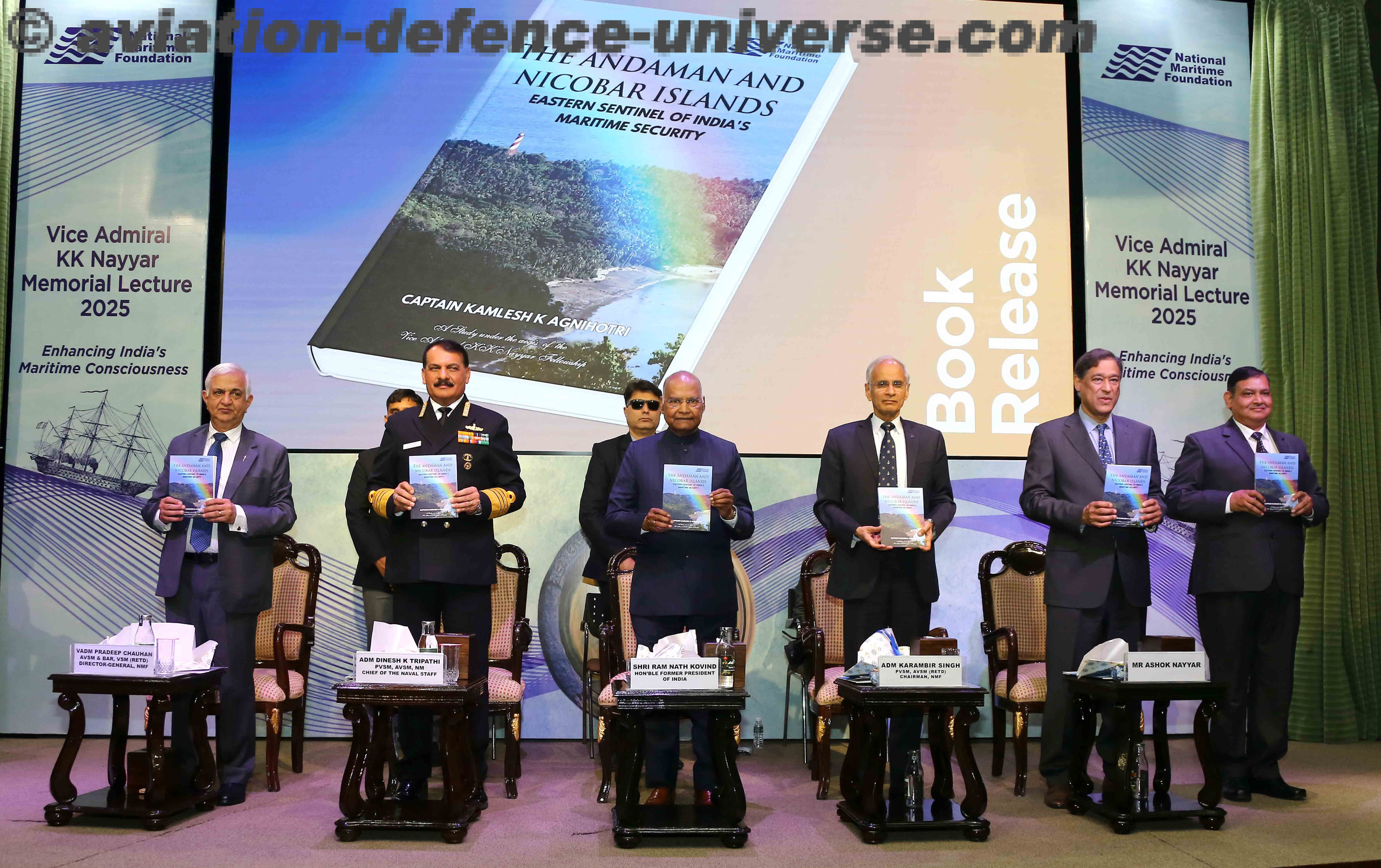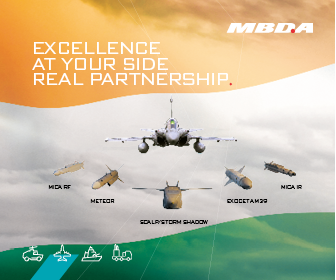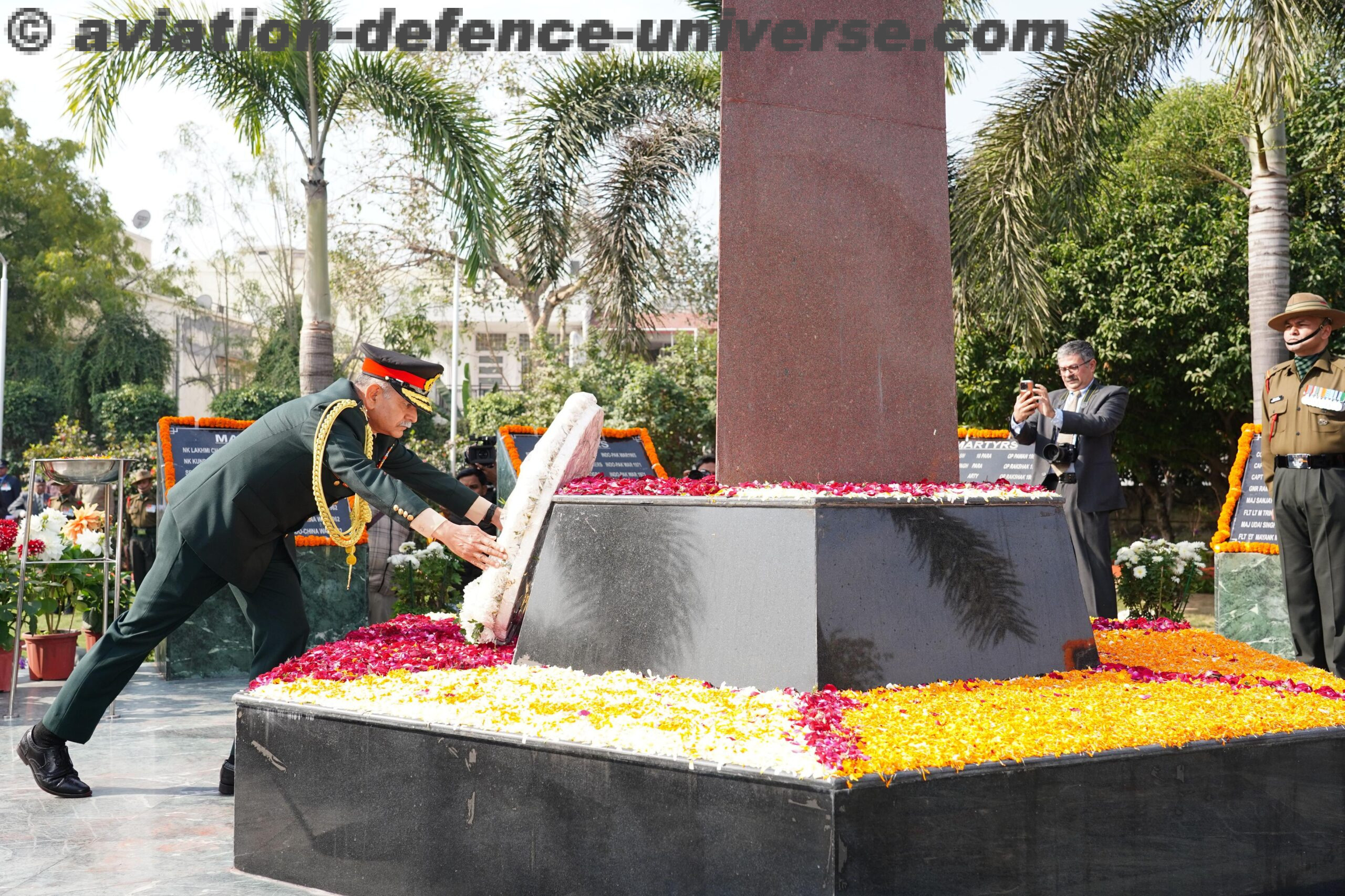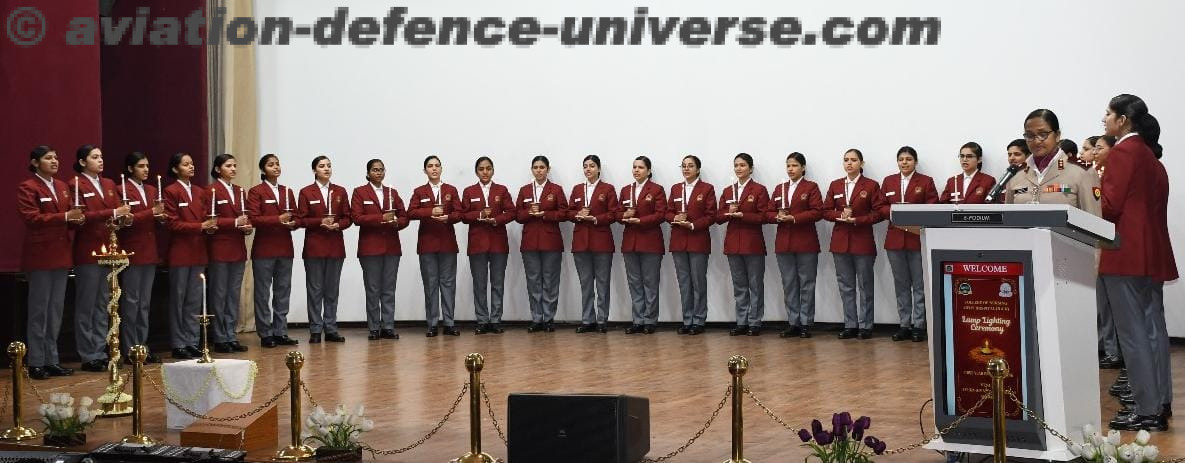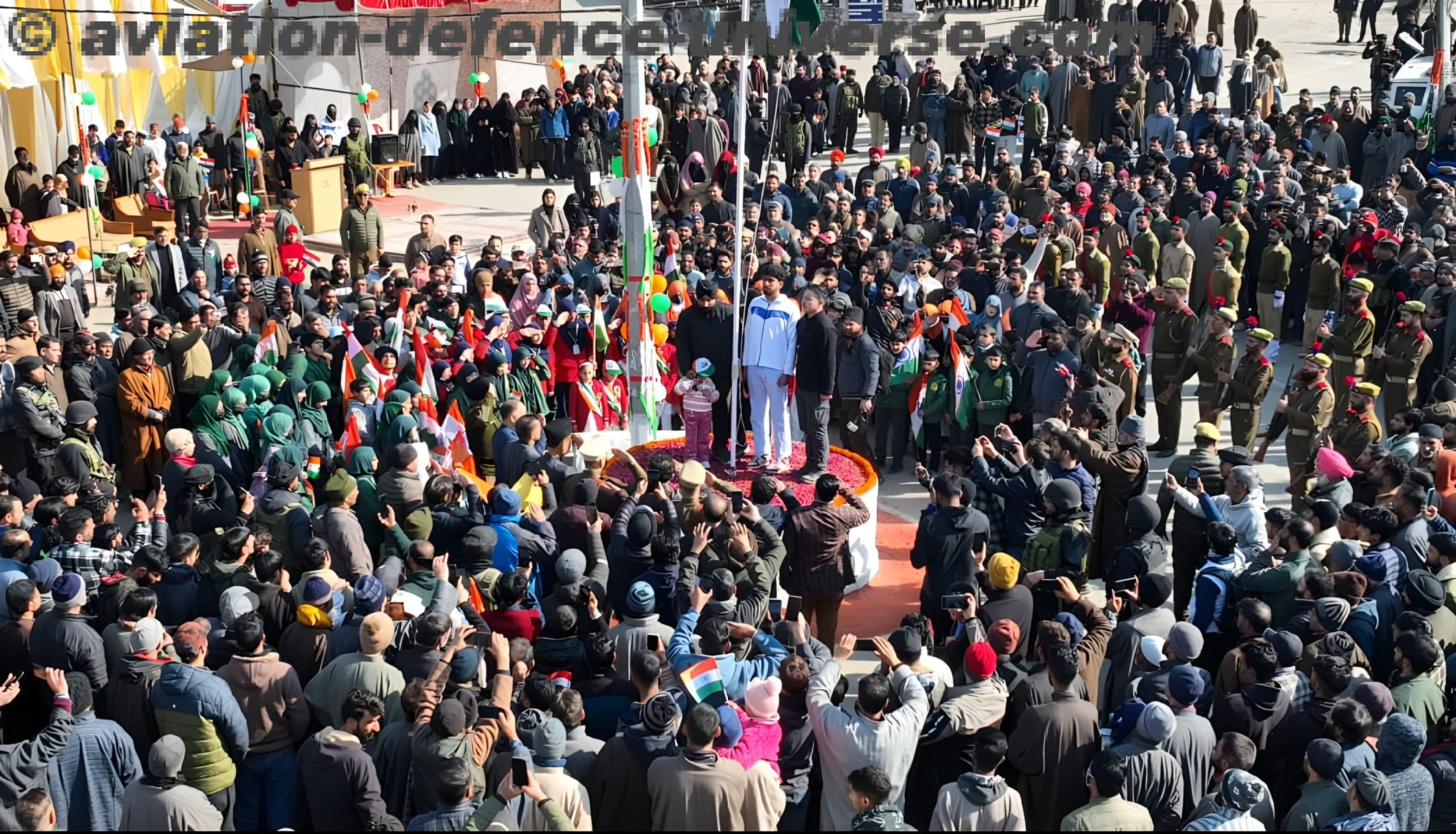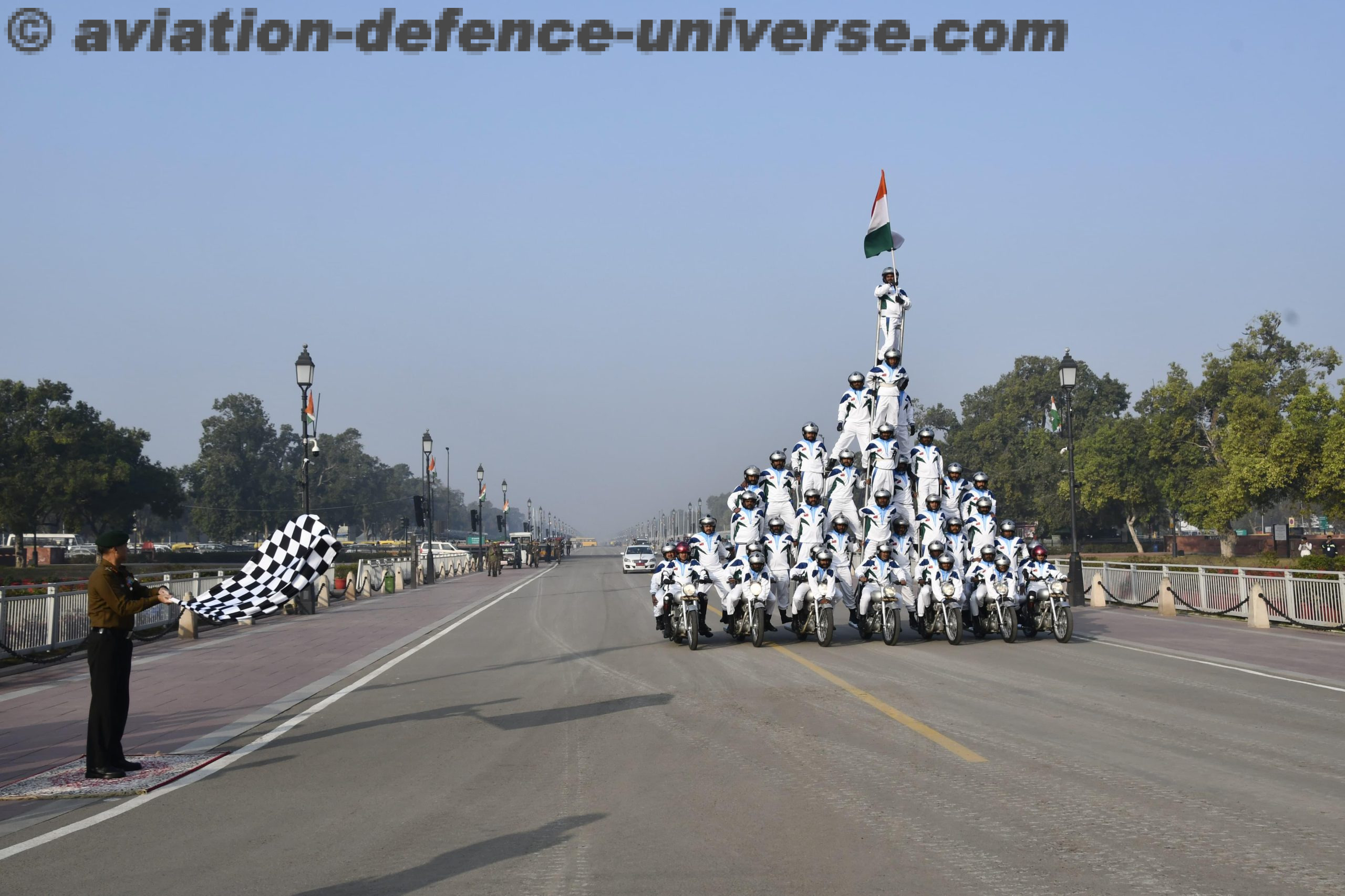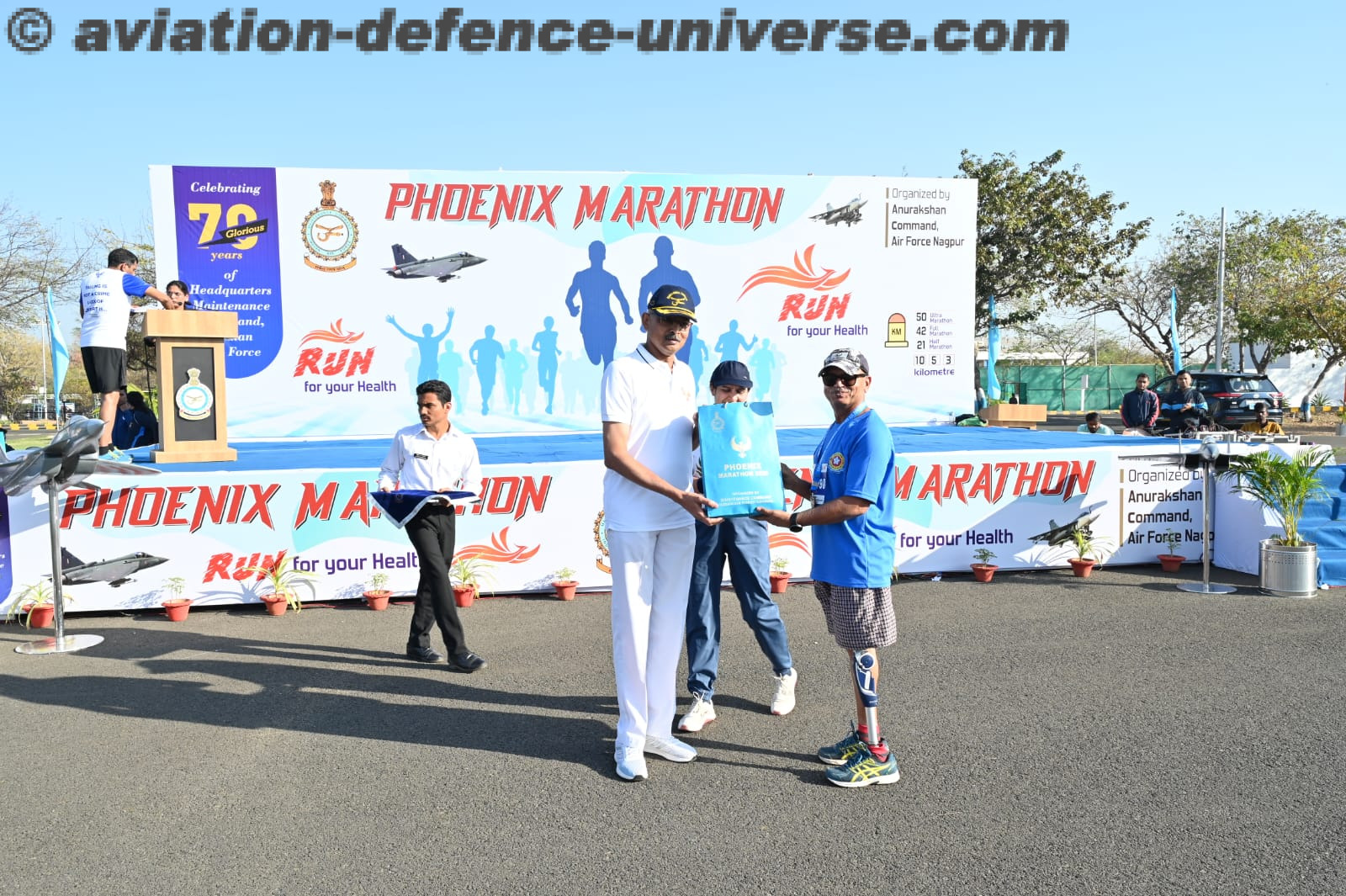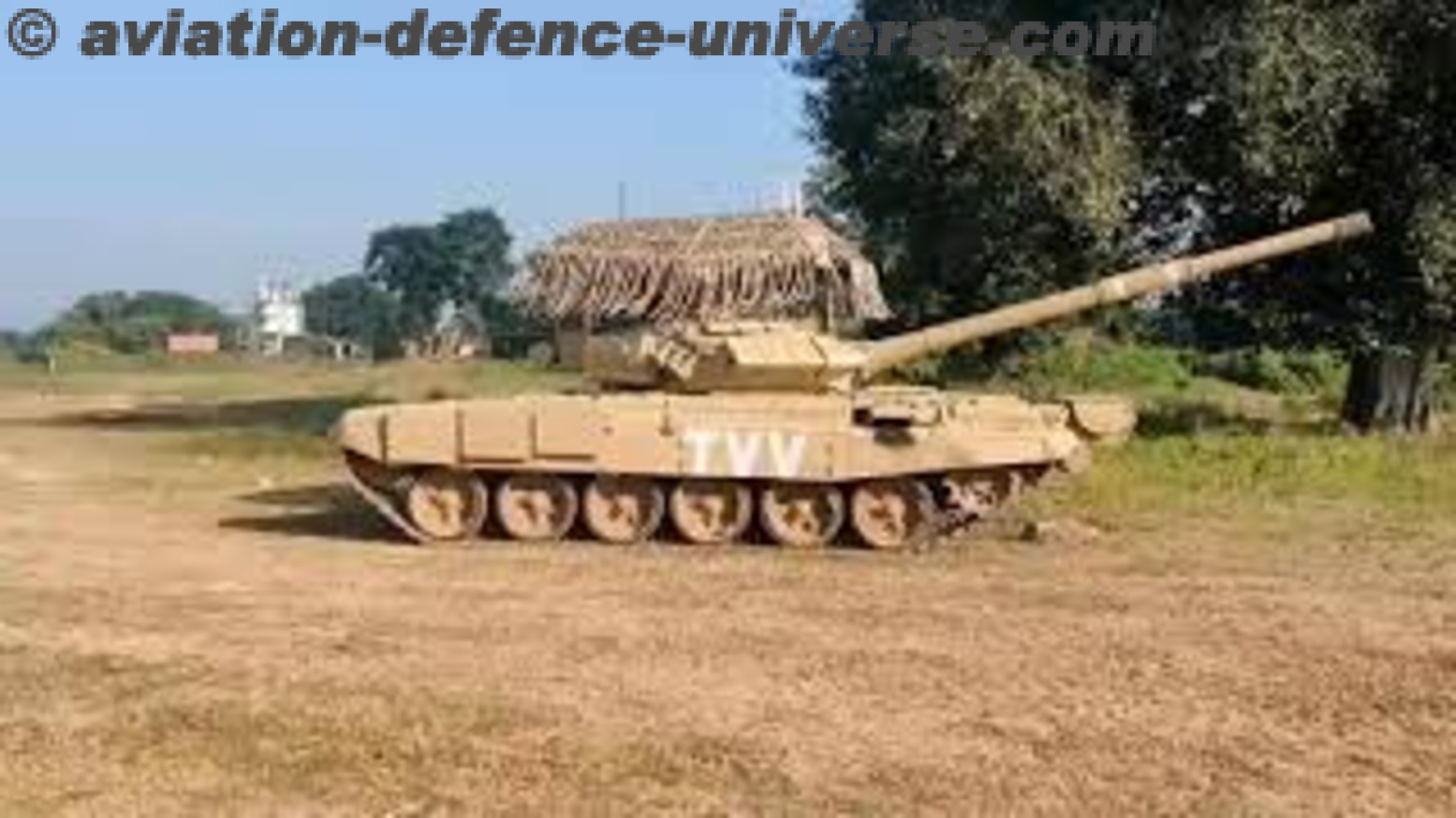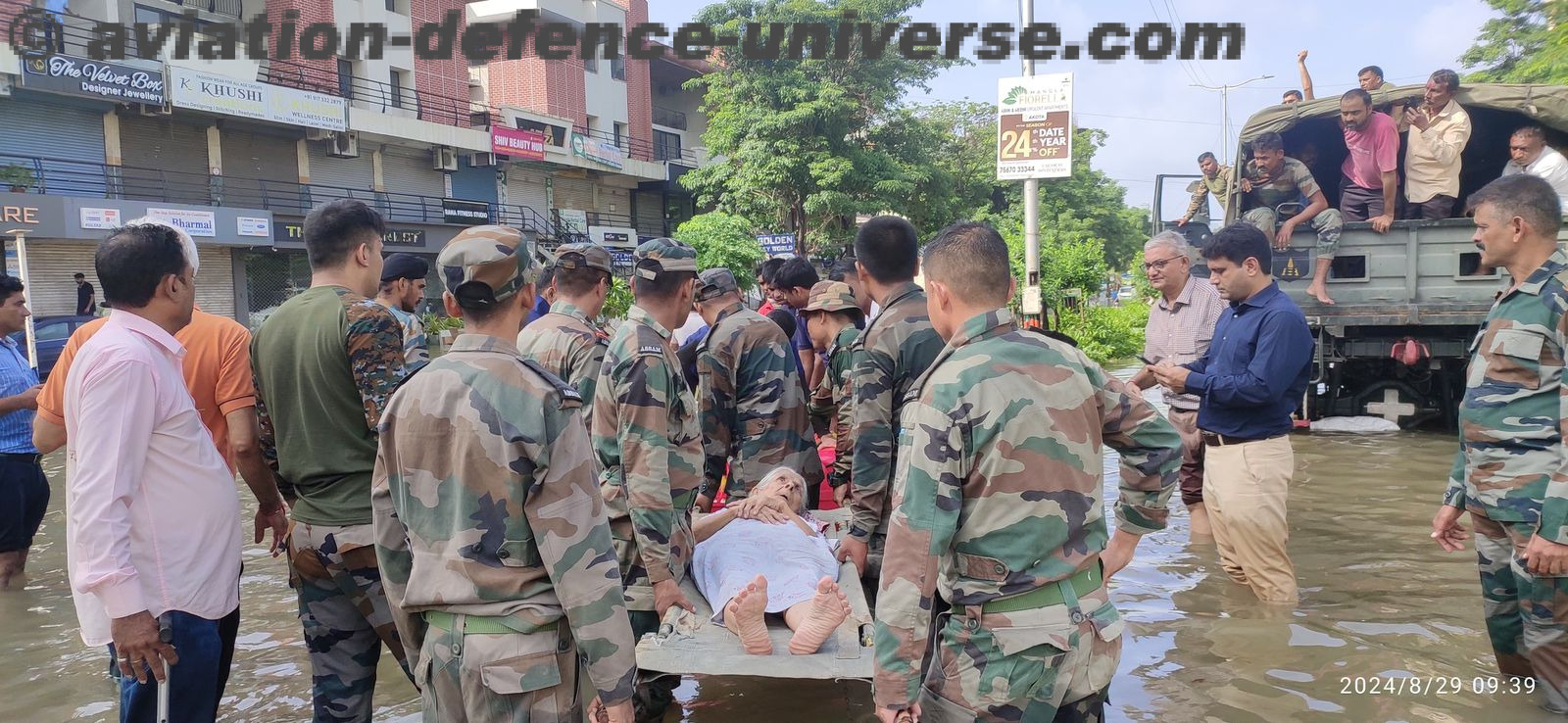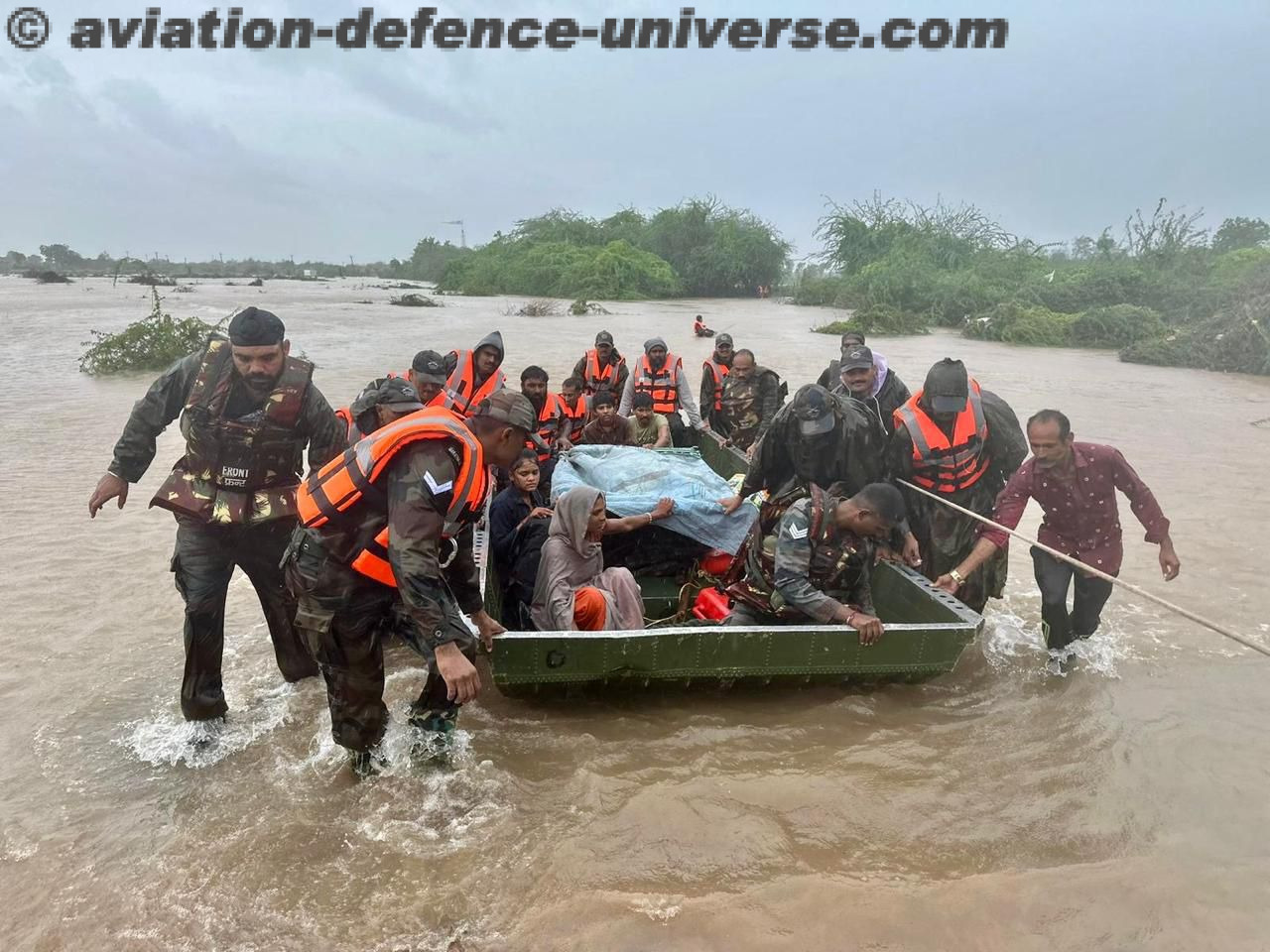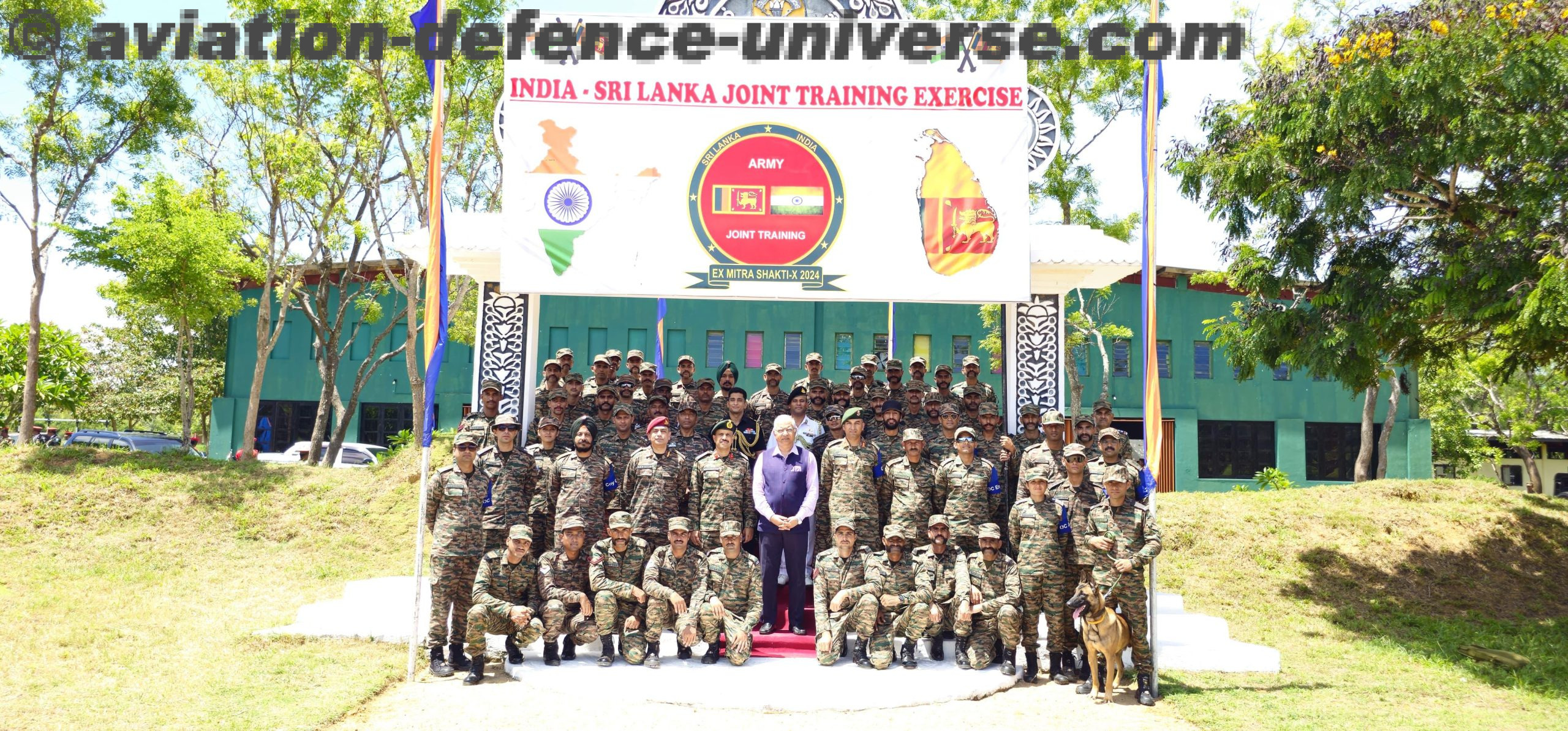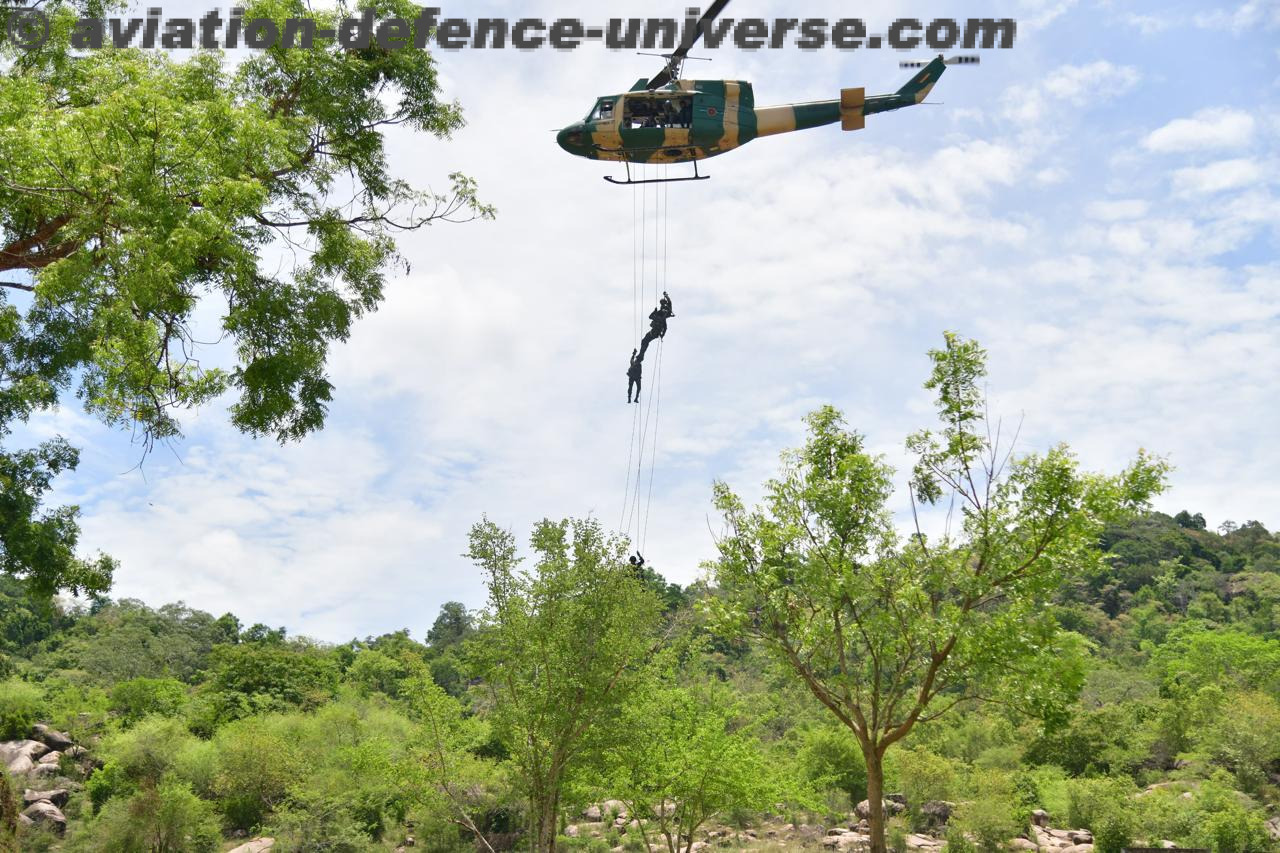Paris. 16 June 2023. In the multi-domain era, the ability to collect, integrate and process ever more data is crucial to enabling technologies that can operate effectively in increasingly challenging contexts. The operational scenarios of the near future will feature the need for the integrated exploitation of capabilities in every domain – air, land, sea, space and cyber – and for the injection of ever more ‘intelligence’, computing capabilities and digital functionality into systems. For the Le Bourget show (Paris, 19-25 June), Leonardo – armed with skills that make it one of the world’s leading aerospace, defence and security companies – will present solutions designed to ensure full situational awareness in every context, alongside the highest levels of physical and digital protection. Leonardo will appear at the 54th Paris Airshow with multi-domain surveillance, Virtual & Constructive simulation, platform protection and global monitoring systems.

Multi-Domain Surveillance
Leonardo’s multi-role and net-centric capabilities ensure the information superiority needed to support decisions and interventions along the entire chain of command. These apply in every field, including aerial surveillance, control of land and sea areas, coastal patrols, search and rescue operations in the most hostile settings, and international security support operations. C-27J Next Generation is among the systems the company has developed with state-of-the-art integration capabilities. A true multiplier of operational effectiveness, the aircraft can carry AESA (Active Electronically Scanned Array) search radars, electro-optical/infrared systems and other sensors essential for ISR (Intelligence, Surveillance, Reconnaissance), MPA (Maritime Patrol) and SIGINT (Signals Intelligence) missions, supporting Special Forces and field personnel. The ATOS (Airborne Tactical Observation System) is another example of integration between platform and avionics systems. Leonardo’s mission system manages onboard sensors by merging the information collected and presenting operators with a complete and up-to-date tactical picture. ATOS can be installed on any type of platform, such as the AW169M helicopter of the Guardia di Finanza (Italian Finance Police), which features advanced autopilot capabilities for search and rescue (SAR) operations. Alongside these systems, there are new-concept radars, such as the KRONOS Grand Mobile HP for air and missile defence. The latest addition to the family, it can intercept long-, medium- and short-range targets, and uncrewed systems such as the Falco Xplorer, Leonardo’s largest drone for monitoring and surveillance of vast areas. The system, which offers high persistence times and a payload capacity of up to 350 kg, will appear at Le Bourget. Last but not least, it is worth mentioning next-generation control room technology platforms, which collect and correlate data and information from diversified sources to ensure physical and cyber security.
Virtual Environment & Training
Training and related services look towards the new virtual and augmented reality dimension complemented by traditional live training systems. Operational personnel can only prepare to deal with complex situations in extreme conditions through extensive use of simulated, multi-domain and inter-force scenarios, in environments that live training alone cannot reproduce. Besides raising the skill level, using simulators reduces real flight hours, positively impacting costs and the environment. Virtual and augmented reality technologies, combined with artificial intelligence, are also used for maintenance, helping to prevent and identify faults and inefficiencies. Training is, therefore, a strategic area for Leonardo, which has created many training courses, including a network of Training Academies for pilots, helicopter technicians and maintenance technicians; the Cyber & Security Academy and the Electronic Warfare Academy for security operators; and the International Flight Training School (IFTS), a project arising from a strategic partnership with the Italian Air Force to create an advanced flight training centre for military pilots from the world’s air forces. From these foundations, Leonardo looks to the future with the Battle Lab, a laboratory where new-generation defence aircraft are being tested and where, thanks to the innovative ‘Smart Chair’, a workstation that reproduces the possible cockpit of a sixth-generation aircraft, Leonardo aims to change the way commands are handled onboard fighter aircraft.
Air Platform Protection Survivability
Thousands of highly qualified people work at Leonardo designing protection systems for aerial platforms destined to operate in present and future scenarios, often marked by multiple threats. At the heart of this work are technologies like the BriteCloud countermeasure, incorporating DRFM (Digital Radio Frequency Memory) technology, which tailors its phantom signal to a specific radar threat, effectively fooling the sensor. Then, there is the Leonardo Modular Advanced Platform Protection System (MAPPS), a defensive system for new-generation aircraft. By their very nature, military aircraft must be designed from the earliest stages to operate in the harshest environments. This is the case, for example, with Leonardo’s AW149 medium multi-role helicopter, which features a complete self-protection suite against various types of threats, a reduced heat signature due to the special design of the two engines’ exhausts, high manoeuvrability, and a transmission that can continue to operate smoothly for more than 50 minutes, even without oil.
Global Monitoring
Springing from research and development processes, and from international partnerships, Leonardo’s integrated solutions for global monitoring contribute to sustainable development. They ensure the well-being of people and the security of territories, critical infrastructures and transport through communication systems, platforms (crewed and uncrewed), sensors, satellites, cyber security and cyber threat intelligence solutions, and control rooms, which process the data received, also using artificial intelligence and big data analysis to integrate and enhance it. X-2030, Leonardo’s C5I ‘command, control, communication, computing, cyber and intelligence’ platform, arose from the need for usable, timely and contextualised information for security and emergency management. By leveraging artificial intelligence, the cloud, supercomputing, deep learning algorithms and video analytics, X-2030 integrates existing applications and state-of-the-art sensor technology, analysing and pooling enormous amounts of disparate data from land, sea, sky, space and cyberspace. The space technologies and services developed by Leonardo and its joint ventures Telespazio (Leonardo 67%, Thales 33%) and Thales Alenia Space (Thales 67%, Leonardo 33%) play a central role in integrated global monitoring solutions. Indeed, satellites, particularly earth observation satellites, ensure continuity and high-resolution monitoring even over enormous areas, making it possible to gain an overall knowledge of the state of health of the planet and its territories. Sensors using electro-optical technology allow for earth observation in the spectrum from visible to infrared. Indeed, hyperspectral instruments, Leonardo’s true flagship, can even analyse the chemical and physical composition of the area concerned, whether on land, in water or in the air.
International Partnerships
With this expertise and continuous investment in Research and Product Development, Leonardo has carved out a leading role within important international civil and military programmes that will provide partner countries with technological sovereignty in key sectors in the years to come – above all, the Global Combat Air Programme (GCAP) in which the company is a strategic partner. The so-called ‘System of Systems’, which is to become operational in 2035, involves Italy, the UK and Japan so far, and represents a challenge that aims to protect and strengthen Italy’s technological and industrial sovereignty. Besides this programme, the multinational Eurodrone project sees Leonardo alongside Airbus and Dassault in developing a MALE (Medium Altitude Long Endurance) class of remotely piloted aircraft designed to enhance Europe’s autonomy with independent, high-performing operating systems. The innovative technologies of this dual-use platform will make it a pillar of any next-generation aircraft system, benefiting governments and armed forces. Moreover, Leonardo has formed the Space Alliance with Thales. The strategic partnership between the two world-leading companies offers a complete range of space solutions and services by combining the capabilities and expertise of Thales Alenia Space and Telespazio. Finally, at the European level, Leonardo is active in the Eurofighter programme. It also owns 50% and 25% of the Italian-French manufacturer ATR and the missile company MBDA, respectively, and 32% of NH Industries for the NH90 programme.






_BannerAD_234x60px.jpg)


